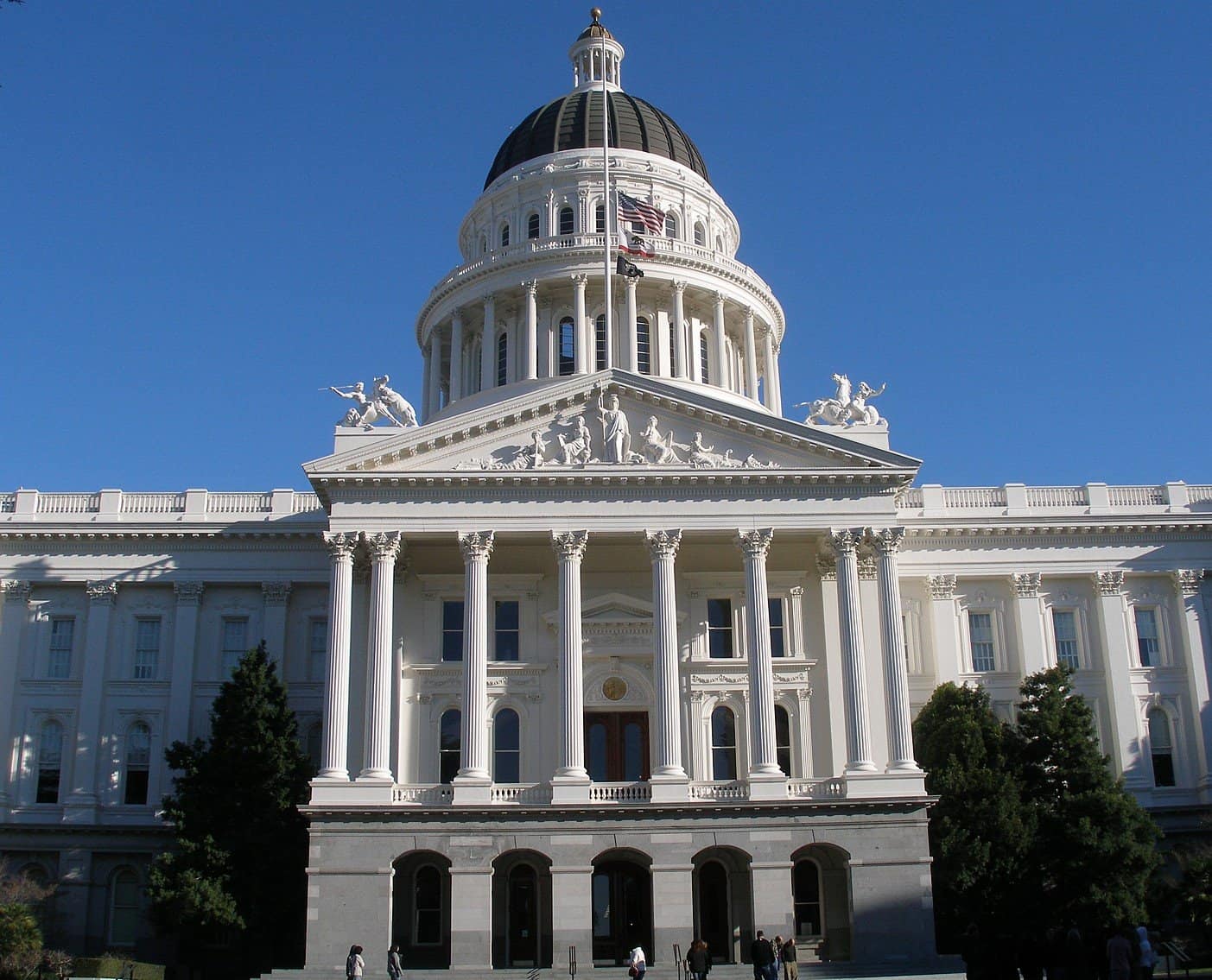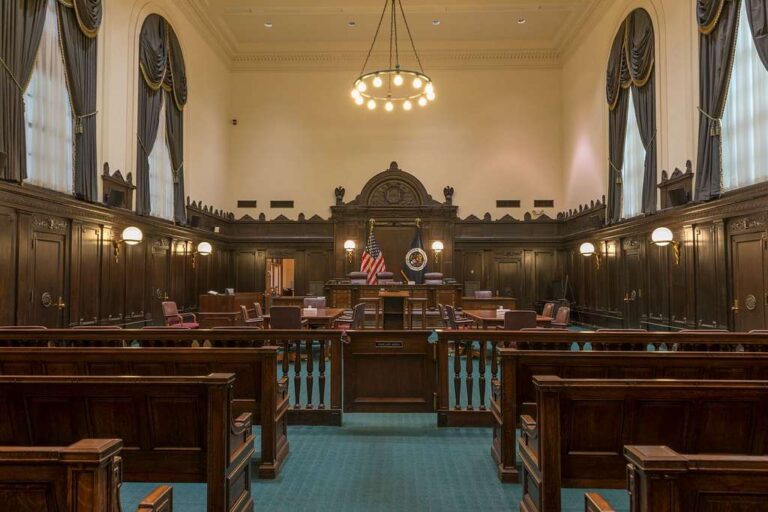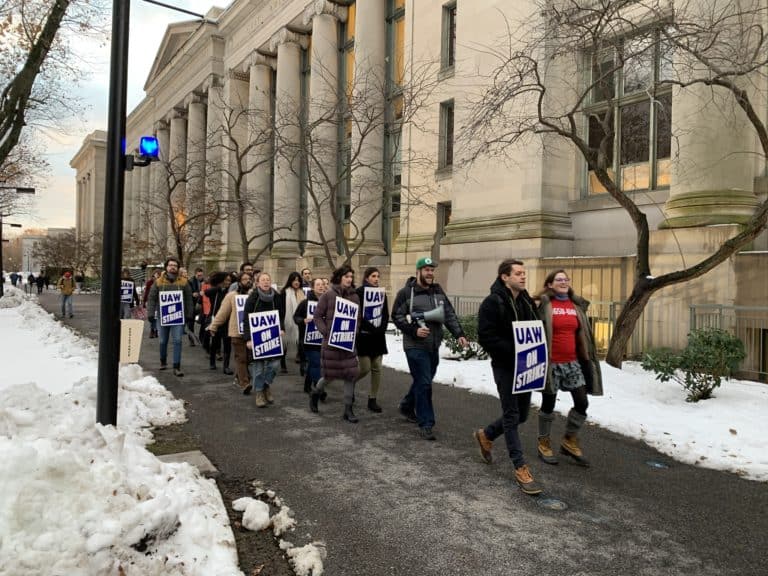
Finlay Adamson is a student at Harvard Law School.
In today’s news and commentary, California lawmakers challenge Garmon preemption in the absence of an NLRB quorum and Utah organizers successfully secure a ballot referendum to overturn HB 267.
California Assembly Bill 288, granting the state’s Public Employment Relations Board jurisdiction over private labor disputes in cases where the NLRB doesn’t provide workers with “an effective response or remedy” within six months of their case being filed, continues through the California State Legislature. AB 288 was re-referred to the Assembly Committee on Judiciary on Thursday after the California Senate Labor, Public Employment and Retirement Committee made minor amendments; the bill was passed by California’s lower house on June 2nd. The Bill challenges the validity of Garmon preemption given that the National Labor Relations Board lacks a quorum following President Trump’s firing of Board Chair Gwynne Wilcox. As Ben recently argued, the lack of a functioning Board may undermine Garmon’s rationale for barring states and cities from “regulating conduct that is either protected or prohibited by federal labor law.” While legislators in New York and Massachusetts are considering similar bills, AB 288 is unique in that it proactively grants PERB jurisdiction if the NLRB fails to provide a remedy within six months. The New York and Massachusetts bills only grant their respective state agencies power if the NLRB declines to act or is unable to. This six-month period to provide a remedy is particularly relevant as rising caseloads and short-staffing frustrate the NLRB’s ability to process cases in a timely manner.
Utah voters will soon consider a referendum to overturn House Bill 267 after organizers successfully collected enough signatures to put the issue on the ballot. Signed into law by Utah Governor Spencer Cox in February, HB 267 banned collective bargaining in the public sector, instituted extensive financial filing requirements for unions, and limited union access to workplaces. A coalition of unions, including the American Federation of Teachers Utah, Teamsters Local 222, AFSCME Local 1004, and the Utah Education Association, gathered over 320,000 signatures over the past several months in order to challenge the law. Governor Cox now has the discretion to submit the referendum to voters during the next general election in 2026 or call a special election before then. While Utah is not traditionally considered “pro-labor”, referendums on labor and employment rights in conservative states have experienced some success in the recent past. In 2014, Missouri voters rejected a referendum preventing teachers from collectively bargaining over the terms of a new performance evaluation system; in 2012, South Dakota voters rejected a referendum eliminating tenure for public school teachers.






Daily News & Commentary
Start your day with our roundup of the latest labor developments. See all
November 26
In today’s news and commentary, NLRB lawyers urge the 3rd Circuit to follow recent district court cases that declined to enjoin Board proceedings; the percentage of unemployed Americans with a college degree reaches its highest level since tracking began in 1992; and a member of the House proposes a bill that would require secret ballot […]
November 25
In today’s news and commentary, OSHA fines Taylor Foods, Santa Fe raises their living wage, and a date is set for a Senate committee to consider Trump’s NLRB nominee. OSHA has issued an approximately $1.1 million dollar fine to Taylor Farms New Jersey, a subsidiary of Taylor Fresh Foods, after identifying repeated and serious safety […]
November 24
Labor leaders criticize tariffs; White House cancels jobs report; and student organizers launch chaperone program for noncitizens.
November 23
Workers at the Southeastern Pennsylvania Transportation Authority vote to authorize a strike; Washington State legislators consider a bill empowering public employees to bargain over workplace AI implementation; and University of California workers engage in a two-day strike.
November 21
The “Big Three” record labels make a deal with an AI music streaming startup; 30 stores join the now week-old Starbucks Workers United strike; and the Mine Safety and Health Administration draws scrutiny over a recent worker death.
November 20
Law professors file brief in Slaughter; New York appeals court hears arguments about blog post firing; Senate committee delays consideration of NLRB nominee.